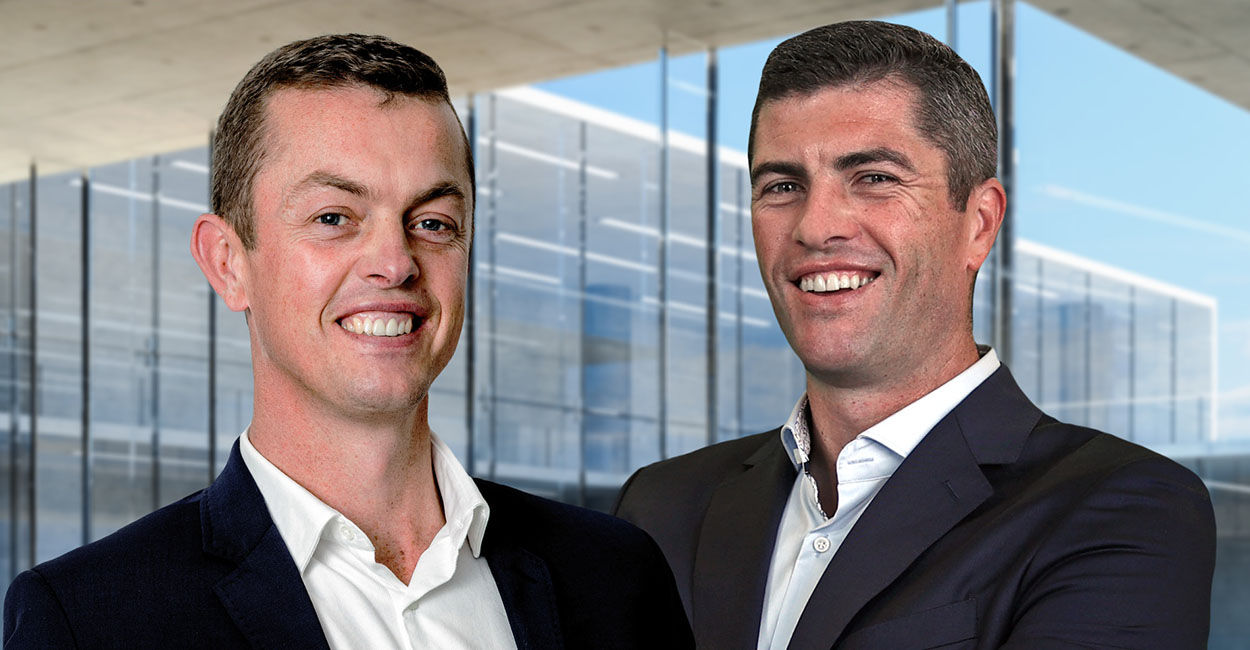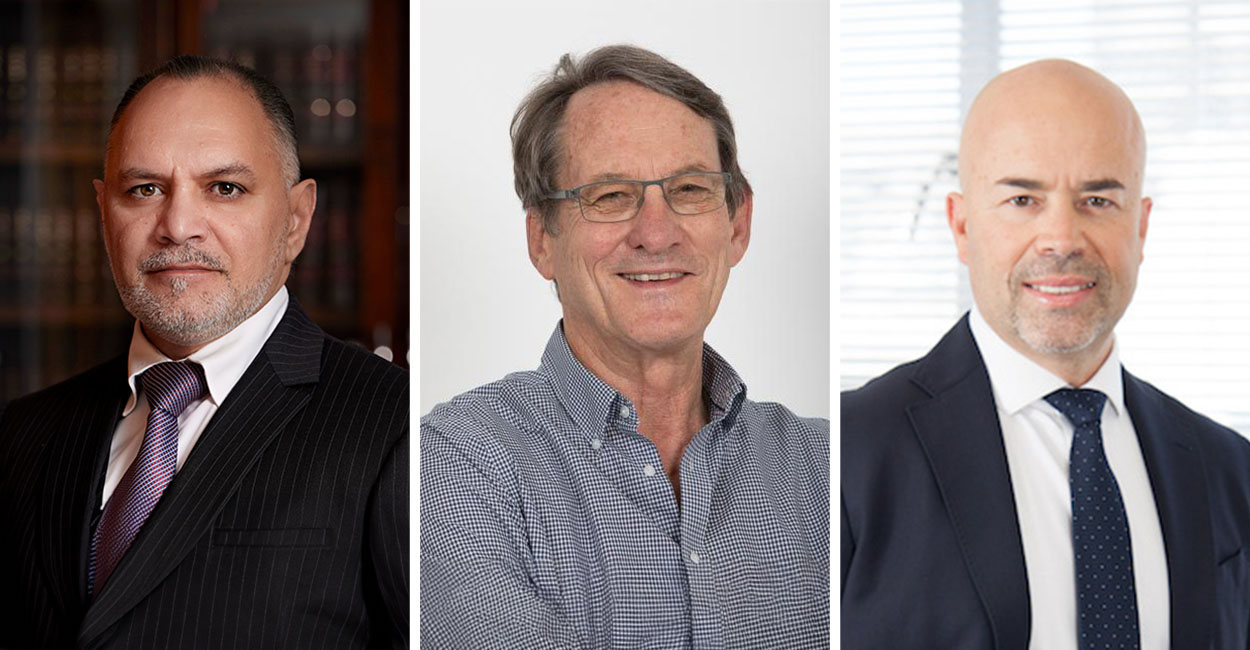[et_pb_section fb_built=”1″ admin_label=”section” _builder_version=”3.0.47″][et_pb_row admin_label=”Row” _builder_version=”3.0.47″ background_size=”initial” background_position=”top_left” background_repeat=”repeat”][et_pb_column type=”4_4″ _builder_version=”3.0.47″ parallax=”off” parallax_method=”on”][et_pb_post_title author=”off” comments=”off” admin_label=”Post Title” _builder_version=”3.0.47″ title_font_size=”50px” title_text_color=”#0c71c3″][/et_pb_post_title][/et_pb_column][/et_pb_row][et_pb_row admin_label=”row” _builder_version=”3.0.47″ background_size=”initial” background_position=”top_left” background_repeat=”repeat”][et_pb_column type=”1_2″ _builder_version=”3.0.47″ parallax=”off” parallax_method=”on”][et_pb_text admin_label=”Text” _builder_version=”3.0.51″ text_font_size=”30″ text_text_color=”#ffffff” header_line_height=”1.5em” background_size=”initial” background_position=”top_left” background_repeat=”repeat”]
“Gone are the days when a retirement home was simply a series of rooms along a long dark passage.”
[/et_pb_text][/et_pb_column][et_pb_column type=”1_2″ _builder_version=”3.0.47″ parallax=”off” parallax_method=”on”][et_pb_text admin_label=”Text” _builder_version=”3.0.51″ background_size=”initial” background_position=”top_left” background_repeat=”repeat”]
The world of retirement accommodation is evolving, with the appearance of resort options, greater community engagement and investment opportunities for non-retirees. More and better options are becoming available as the retiree population grows and care groups and developers are giving them what they want. According to the Statistics SA Profile of Older Persons in South Africa, 8% of the population is older than 60, but a further 16% is older than 50, which means that within the next 10 years, the retirement population is set to double. Add to this that South Africa is an increasingly popular destination for foreign retirement, especially among high-end luxury retirees, and it quickly becomes apparent that the retirement accommodation market will grow and evolve in the years to come.
[/et_pb_text][/et_pb_column][/et_pb_row][et_pb_row admin_label=”row” _builder_version=”3.0.47″ background_size=”initial” background_position=”top_left” background_repeat=”repeat”][et_pb_column type=”4_4″ _builder_version=”3.0.47″ parallax=”off” parallax_method=”on”][et_pb_text admin_label=”Text” _builder_version=”3.0.51″ text_font=”Roboto|on|||” background_size=”initial” background_position=”top_left” background_repeat=”repeat”]
GROWING NEED FOR DEMENTIA CARE
As medical science improves, people are living longer and there are more cases of patients with dementia. These patients require care in specialised facilities that respond to their specific needs and anxieties. A leader in this space in South Africa is the Livewell Group, award-winning dementia care in Bryanston, Johannesburg, and Somerset West in the Western Cape. “Dementia care villages are becoming more popular internationally, focusing on making the environment as homely and comfortable as possible,” says Lou-Ann van Heerden, an occupational therapist at the Livewell Group. “We have responded to this by adding homely task-orientated groups. Currently we are implementing a new activity group which creates a sense of helpfulness and initiates interaction between the staff and residents.” These activities include gardening with gardeners or taking part in kitchen activities with kitchen staff. Tokai Estate also offers Alzheimer’s and dementia care. Says Ian Gray, Craft of Architecture co-founder and Tokai Estate’s designer: “The healthcare facility has been designed to be as flexible as possible in dividing the space into different care zones.
This means that if there is an increase in one kind of specific need such as Alzheimer’s and dementia care, this section can increase in space.” In Holland, the Hogewey Dementia Village has areas designed to seem as if they are from the 1950s, 1970s and 2000s so residents can feel “at home” in the era in which their short-term memories failed them. As a result of these uninstitutionalised facilities, residents require fewer medications, eat better and live longer.
RESORT-STYLE RETIREMENT
Estate living has taken off in South Africa, with high-end developments offering the best in luxury features, bespoke living space design, leading amenities and even internal schools, offices and shopping centres. Because of the expansiveness of these kinds of estates, it is possible for them to offer many different types of accommodation, some of which are retirement villages – no longer separate, but now a part of the estate. Val de Vie Estate marketing director Ryk Neethling says that while some retirement villages are near luxury estates, Val de Vie is developing a large-scale retirement village in the greater residential estate. “Not only will residents of the retirement village have access to their own clubhouse and facilities, but also to the extensive list of amenities at Val de Vie,” he says. These include polo and equestrian facilities, fitness centres, various trails, the Pearl Valley Jack Nicklaus Signature Golf Course and restaurants.
Of course, it is not necessary to be integrated into an existing estate for a retirement village to have ultra-luxury features. Stand-alone developments such as Oasis Retirement Resort in Century City or Tokai Estate offers health spas, gyms, clubhouses and entertainment venues along with beautifully designed residences. Tokai Estate, for instance, offers homeowners five housing layout options and imported European kitchens. Gray says various high-end extra amenities are on offer at The Clubhouse, a communal space designed with a “five-star hotel look and feel”. Another example is the 54ha eco-estate, Monte Christo Retirement Village on the Garden Route close to Mossel Bay. Phase four of De Caravel, within the estate, offers eight threestorey flats with sea views and the resident’s choice of layout and finishes.
COST DRIVES AT-HOME CARE OPTIONS
At the Retirement & Lifestyle Expo held in Cape Town in February 2016, it was discussed that the traditional frail care or care centre within retirement villages would diminish over the next decade, with residents being encouraged to “age in place”. The care services residents may require will be provided in the comfort and privacy of their own homes in their villages. “Because both traditional assisted living and care centres are the more expensive components of a village, villages of the future will have to consider care in all units to prevent the current shortages in care availability from recurring and to be relevant and financially viable,” says Marelize van Rooyen, marketing director at Retirement Villages SA.
[/et_pb_text][/et_pb_column][/et_pb_row][et_pb_row admin_label=”row” _builder_version=”3.0.47″ background_size=”initial” background_position=”top_left” background_repeat=”repeat”][et_pb_column type=”4_4″ _builder_version=”3.0.47″ parallax=”off” parallax_method=”on”][et_pb_text admin_label=”Text” _builder_version=”3.0.47″ text_font=”Roboto|on|||” background_size=”initial” background_position=”top_left” background_repeat=”repeat”]
COMBATTING LONELINESS
There is a growing trend in retirement care for greater integration between retirement villages and their surrounding communities, instead of closing residents behind high walls. The Livewell Group has an award-winning outreach programme that makes sure its dementia patients (who traditionally need a more secure environment) do not feel isolated inside their care homes. “At Livewell, we use the Eden Alternative as one of our core models of care, thus ensuring that our residents don’t experience loneliness, boredom and helplessness,” says Van Heerden. “Through our Outreach Programme, weekly Livewell residents visit animal shelters, orphanages and other organisations to give back and spend time with the less fortunate, which instils a feeling of giving and meaning.”
Livewell also employs companions from the community to spend time with the residents, participating in activities such as shopping, hair appointments, board games, going for coffee and cake or just taking a walk. This is also the thinking behind the integration of facilities at Val de Vie. Says Neethling: “To have family nearby, to know that you are able to support one another in person and to share a secure and laid-back lifestyle – this is what so many people long for and I believe that security and lifestyle estates around the country have taken note of this demand.” Many villages and estates, including the Harfield Retirement Village in Cape Town, also now allow pets for companionship.
Words: Georgina Guedes
[/et_pb_text][/et_pb_column][/et_pb_row][/et_pb_section]







